The World of Vipers A Comprehensive Guide
Vipers represent a fascinating and often misunderstood group of snakes. Characterized by their hinged fangs and typically potent venom, these reptiles play a critical role in ecosystems worldwide. This guide delves into the intricacies of viper biology, behavior, habitat, and interaction with humans, offering insights for students, animal enthusiasts, and anyone curious about these remarkable creatures.
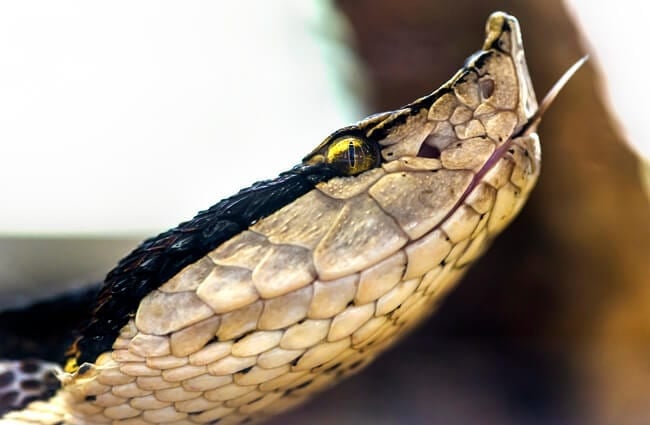
What Defines a Viper?
The term “viper” isn’t a strict taxonomic classification, but rather a grouping of snakes belonging primarily to the family Viperidae. Key characteristics include a triangular head, elliptical pupils (though exceptions exist), and, most notably, long, hinged fangs capable of folding back against the roof of the mouth when not in use. These fangs are used to inject venom, which serves to immobilize prey and initiate the digestive process.
Viper Habitats and Distribution
Vipers exhibit remarkable adaptability, colonizing a wide range of habitats across continents. They are most diverse in Africa, Asia, and the Americas. Habitats include:
- Tropical Rainforests: Many arboreal vipers thrive in the dense canopies.
- Deserts: Certain species are remarkably well adapted to arid environments.
- Grasslands and Savannas: Ground-dwelling vipers are common in these open habitats.
- Mountainous Regions: Vipers can be found at surprisingly high altitudes.
The distribution of a specific viper species is dictated by factors like climate, prey availability, and the presence of suitable shelter.
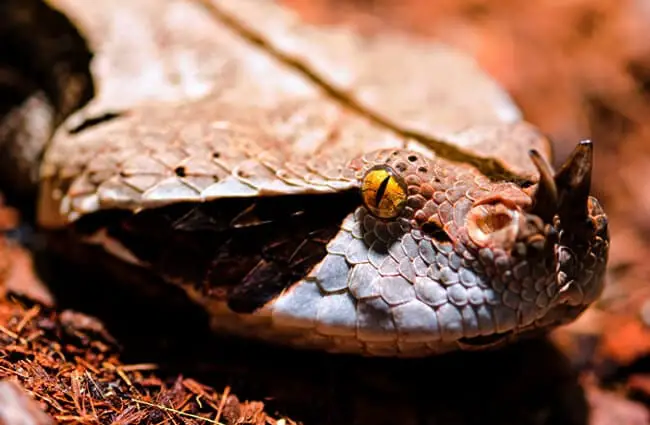
A Journey Through Viper Evolution
Tracing the evolutionary history of vipers reveals a lineage stretching back to the early Paleocene epoch, approximately 55 to 60 million years ago. Fossil evidence suggests that the earliest vipers were likely small, terrestrial snakes. Over time, different lineages diversified, leading to the incredible variety of species we see today. The development of hinged fangs was a crucial evolutionary innovation, allowing for more efficient venom delivery. Phylogenetic studies, utilizing both morphological and genetic data, continue to refine our understanding of viper evolution.
Diet and Hunting Strategies
Vipers are carnivores, with their diet varying depending on species and size. Common prey items include:
- Rodents: A staple food for many viper species.
- Birds: Some arboreal vipers specialize in hunting birds.
- Lizards: Especially important for smaller viper species.
- Amphibians: Included in the diet of certain vipers.
- Other Snakes: Some larger vipers are even known to prey on other snakes.
Vipers typically employ an ambush hunting strategy. They lie in wait, camouflaged among vegetation or leaf litter, and strike when prey comes within range. Their venom quickly immobilizes the prey, allowing the viper to constrict or simply overpower it.
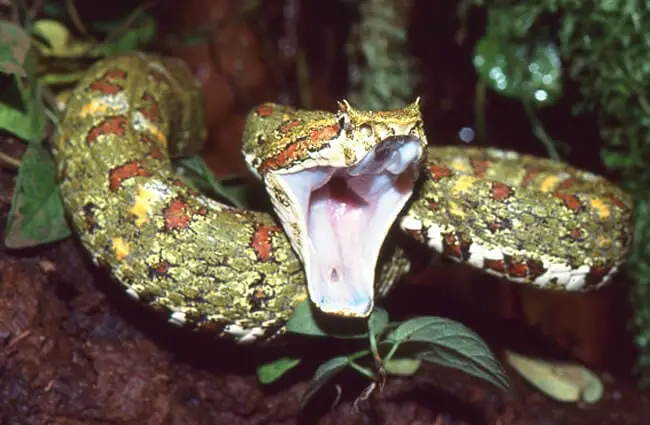
Reproduction and Life Cycle
Vipers exhibit diverse reproductive strategies. Most species are ovoviviparous, meaning that eggs develop inside the mother’s body, and the young are born live. This offers protection from predators and harsh environmental conditions. Gestation periods vary depending on species and environmental factors. Litters can range from a few individuals to over a dozen. Some species are oviparous, laying eggs that incubate externally. Young vipers are often precocial, meaning they are relatively independent and capable of hunting small prey shortly after birth. Sexual maturity is typically reached after several years.
Vipers and the Ecosystem
Vipers play a vital role in maintaining the health of ecosystems. As predators, they help control populations of rodents and other small animals, preventing outbreaks and maintaining balance. They also serve as prey for larger predators, such as birds of prey and carnivorous mammals. Their venom is a subject of ongoing research, with potential applications in medicine, including the development of new drugs and therapies. The removal of vipers from an ecosystem can have cascading effects, disrupting the food web and potentially leading to imbalances.
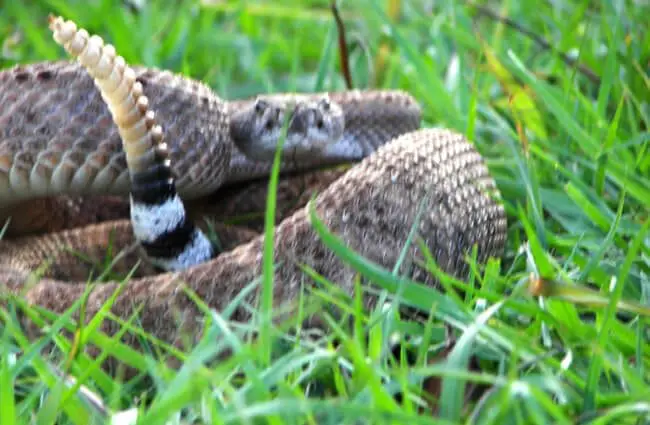
Vipers and Human Interactions
Human viper interactions can be complex. While vipers rarely initiate attacks, bites can occur if they are disturbed or feel threatened. Most bites are defensive in nature. It’s essential to exercise caution in viper habitats, wear appropriate footwear, and avoid disturbing snakes. Antivenom is available for many viper species, but prompt medical attention is crucial. Habitat loss and fragmentation pose a significant threat to viper populations, as does illegal collection for the pet trade. Conservation efforts are essential to protect these fascinating reptiles.
A Closer Look at Notable Viper Species
The Viperidae family encompasses a diverse array of species. Here are a few notable examples:
- Gaboon Viper (Bitis gabonica): Known for its impressive size, cryptic coloration, and potent venom.
- Puff Adder (Bitis arietans): A widespread African viper known for its characteristic “puffing” behavior.
- Rattlesnakes (Crotalus and Sistrurus): Native to the Americas, recognizable by the rattle on their tail.
- European Viper (Vipera berus): Found throughout Europe, known for its distinctive zigzag pattern.
- Saw-scaled Viper (Echis carinatus): A small but highly venomous viper found in Africa and Asia.

Viper Care in Captivity
For zookeepers and reptile enthusiasts, caring for vipers requires specialized knowledge and precautions. Key considerations include:
- Secure Enclosure: A robust enclosure is essential to prevent escapes.
- Temperature and Humidity Control: Maintaining appropriate environmental conditions is crucial for health.
- Diet: Providing appropriately sized and nutritious prey.
- Safety Protocols: Strict safety protocols are necessary when handling or working near vipers.
- Veterinary Care: Regular veterinary checkups and prompt treatment of any health issues.
It’s important to note that keeping vipers as pets is not recommended for inexperienced individuals due to the inherent risks and specialized care requirements.
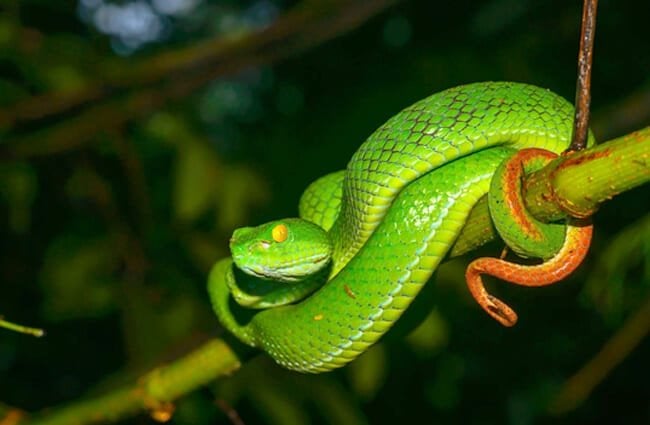
Encountering a Viper in the Wild What to Do
If you encounter a viper in the wild, it’s crucial to remain calm and avoid provoking it. Here’s what to do:
- Maintain Distance: Give the snake plenty of space.
- Do Not Approach or Handle It: Even seemingly docile snakes can bite if disturbed.
- Slowly Back Away: Avoid sudden movements.
- Alert Others: If the snake is in a public area, warn others to stay away.
- Seek Medical Attention Immediately If Bitten: Antivenom is most effective when administered promptly.
Vipers are remarkable creatures, deserving of respect and conservation. By understanding their biology, behavior, and ecological role, we can foster coexistence and ensure their survival for generations to come.

![Red Angus Closeup of a beautiful Red Angus cowPhoto by: U.S. Department of Agriculture [pubic domain]https://creativecommons.org/licenses/by/2.0/](https://animals.net/wp-content/uploads/2020/03/Red-Angus-4-238x178.jpg)




![Red Angus Closeup of a beautiful Red Angus cowPhoto by: U.S. Department of Agriculture [pubic domain]https://creativecommons.org/licenses/by/2.0/](https://animals.net/wp-content/uploads/2020/03/Red-Angus-4-100x75.jpg)

